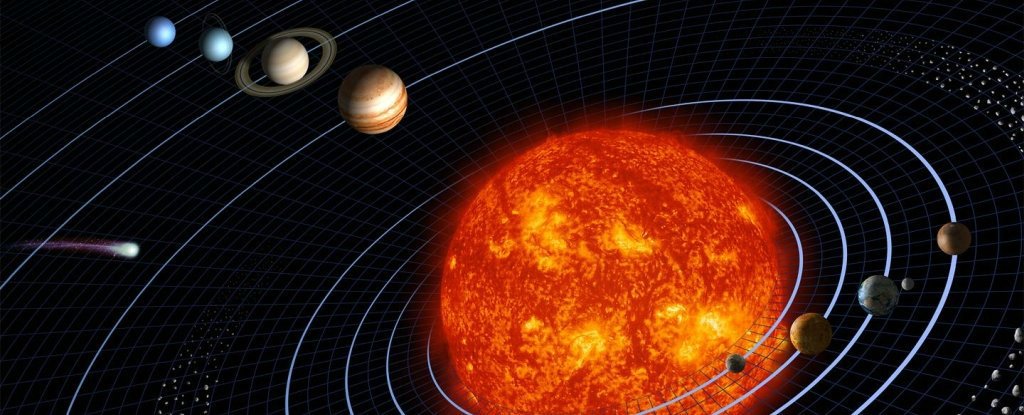NASA‘s
amazing New Horizons spacecraft has aided researchers study a mysterious
phenomenon at the very edge of our Solar System, where particles emitted by the
Sun and interstellar space interact. This very section, about one hundred times
further from the Sun than Earth, is where charge less atoms of Hydrogen from
interstellar space interact with charged particles from our Sun. This whole
section from our sun is called the heliosphere.
At the very
point where the two charged and uncharged particles interact, known as the
heliopause, its believed there is a build-up of hydrogen from interstellar
space. This makes a kind of “wall”, which sprinkles incoming ultraviolet light.
This wall
has been detected before, about 30 years ago, by NASA’s Voyager 1 and 2
spacecraft, and now New Horizons has discovered new evidence for it. A research
paper unfolding its discoveries will be issued in Geophysical Research Letters.
Dr Leslie
Young from the Southwest Research Institute in Colorado, one of the co-authors
on the paper, told Science News “We’re seeing the threshold between being in
the solar neighborhood and being in the galaxy,”
NASA’s New
Horizons spacecraft made the discovery by using its Alice UV spectrometer,
gathering measurements from 2007 to 2017. It spotted an ultraviolet spark known
as a Lyman-alpha line, which is made when solar particles hit hydrogen atoms.
The wall is
thought to be at the location of the heliopause. NASA
This
ultraviolet glow is detectable all over the Solar System. But at the
heliopause, there seems to be an extra source produced by the wall of hydrogen,
generating a bigger glow. Beyond the wall there’s more ultraviolet light
compared to in front of it, signifying it's being dispersed by the wall.
The
scientists wrote in their paper: "This distant source could be the
signature of a wall of hydrogen, formed near where the interstellar wind
encounters the solar wind,"
The theory
is not conclusive yet. It’s likely that an alternative cause of ultraviolet
light in our galaxy could be producing this background glow. To make further
conclusions New Horizons will endure looking for the wall about twice a year.
It is
expected that at some point, New Horizons spacecraft will go through the wall,
if it is real, so the quantity of ultraviolet light it perceives will decrease.
That would deliver some extra indication that the wall is really there.
Voyager 1
and 2 spacecraft’s are both past the wall now, so they’re incapable to make any
more findings. But New Horizons is can still detect the more evidence about the
wall, if it exists.
If our
evaluations are precise, then by the time the mission ends in about 10 to 15
years, it should optimistically have just about made it to the wall. At that
stage, we might truly know for certain if it’s there or not.


Comments
Post a Comment